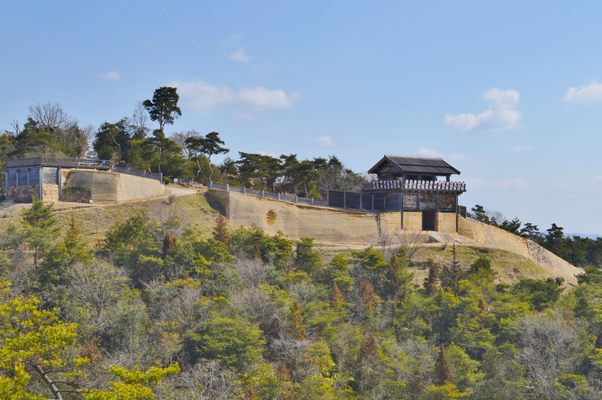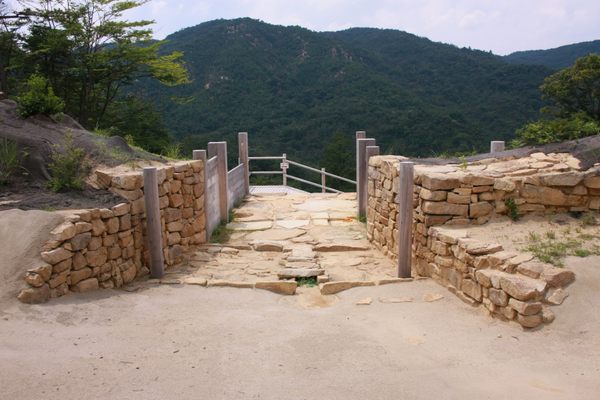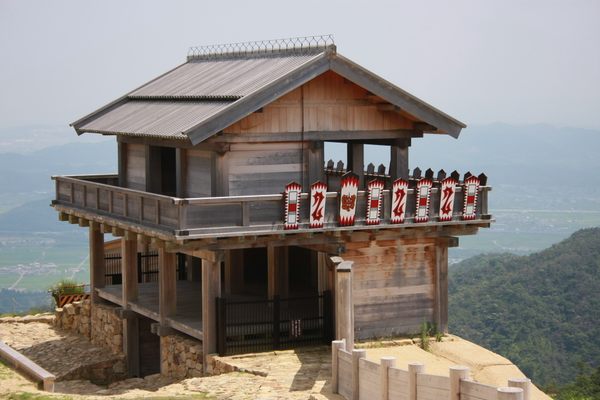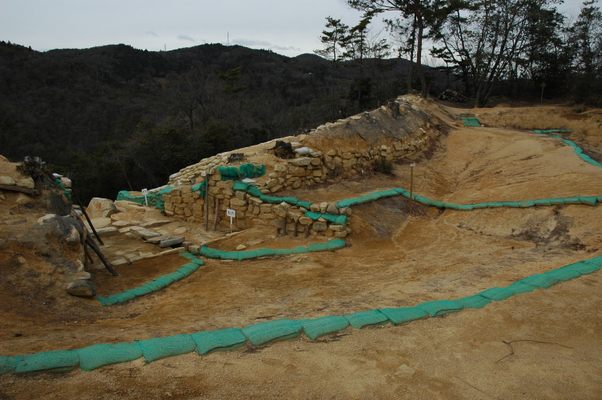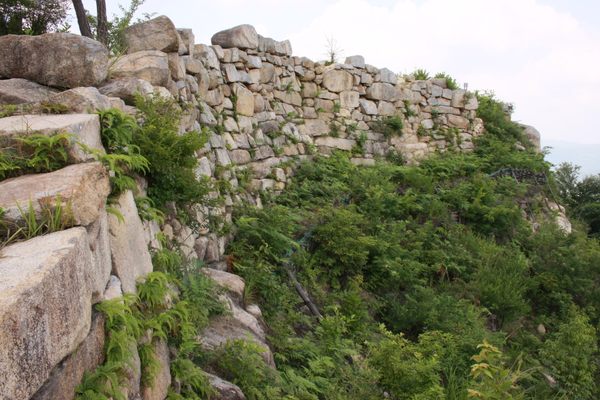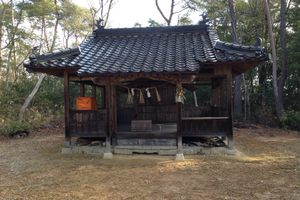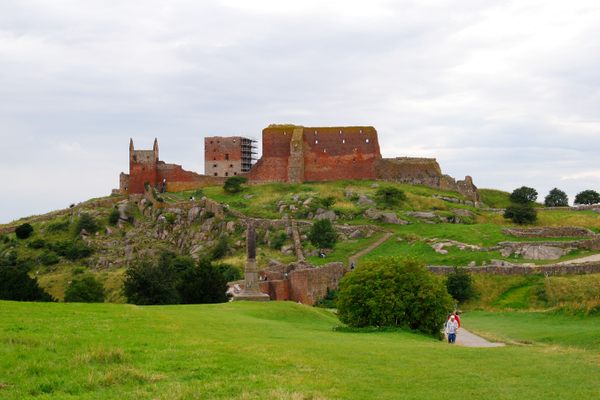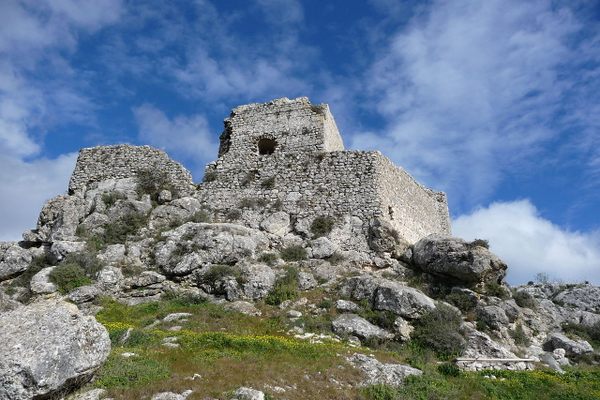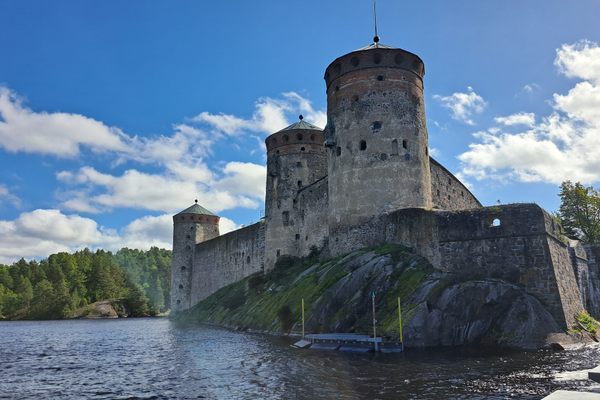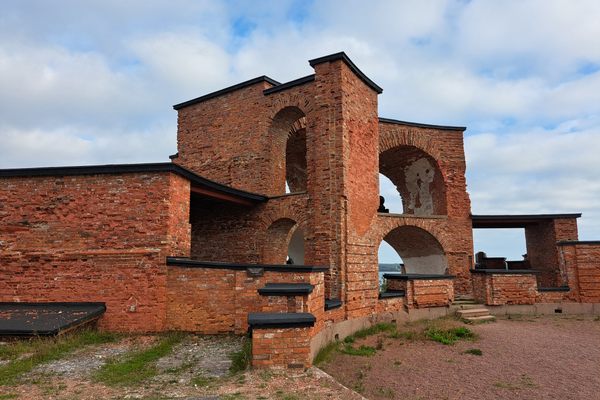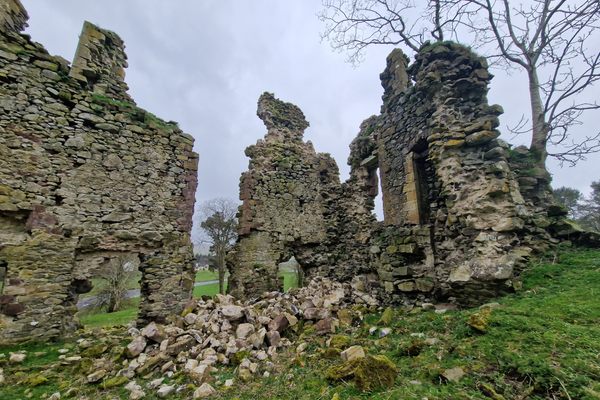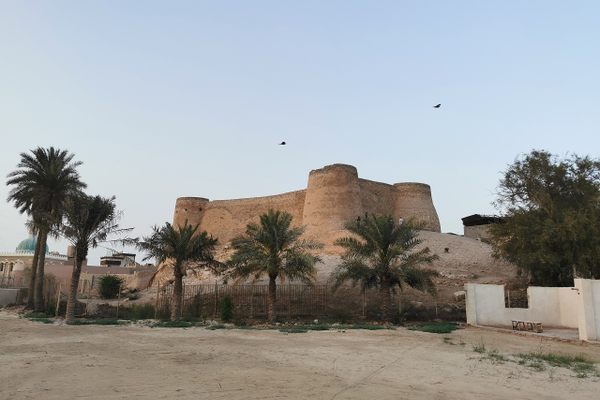About
In Japanese archaeology, Kodai-sanjō, or "ancient mountainside castle," denotes a type of hill castle found in the southernmost regions of the mainland of Japan. They generally can be dated to the 7th-8th centuries. Such castles were often left unfinished, however, this was not the case with Ki Castle.
Ki Castle, or Ki-no-Jō in Japanese, was constructed by the Yamato dynasty after its defeat against the united forces of Tang China and Silla. It was designed to defend the mainland from possible invaders. The castle's name literally means "Demon Castle," and it has been said for over a millennium that it was once the dwelling of Onra (or Ura), a legendary demon. Historians, however, believe that ki comes from a Baekje word meaning "castle," rather than the modern Japanese for "demon" or "ogre."
Surrounded by 1.7-mile-long walls, Ki Castle contains typical aspects of an early medieval castle or fortress, from watchtowers to smithies, along with a variety of defensive systems. Several archaeological artifacts, such as pottery, iron tools, and weapons have been excavated from the site.
Despite its completed state, Ki Castle lost its purpose and was abandoned not long after its construction. The ruins served as a Buddhist temple until the 12th-century. It was again abandoned and was left to ruin. The castle is preserved in good condition, while some parts are a product of modern restoration.
Related Tags
Know Before You Go
The site is open 24/7 and can be visited for free.
Hidden Japan: Sado Island, Nara & Kyoto
Explore a different side of Japan.
Book NowCommunity Contributors
Added By
Published
August 5, 2020
Sources
- http://www.city.soja.okayama.jp/bunka/kanko/shitei_bunkazai/kuni/kuni_11.html
- https://www.google.com/maps/place/Kinojozan+Visitor+Center/@34.7255044,133.7589078,17z/data=!4m13!1m7!3m6!1s0x0:0x0!2zMzTCsDQzJzMxLjgiTiAxMzPCsDQ1JzQ0LjYiRQ!3b1!8m2!3d34.7255!4d133.7624!3m4!1s0x3556aafb35a9e7af:0x2173c5f27d25ca41!8m2!3d34.7257666!4d133.7586723
